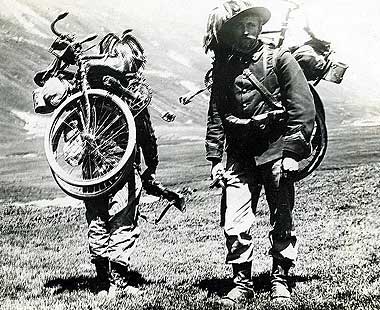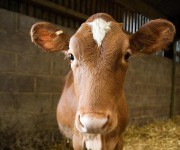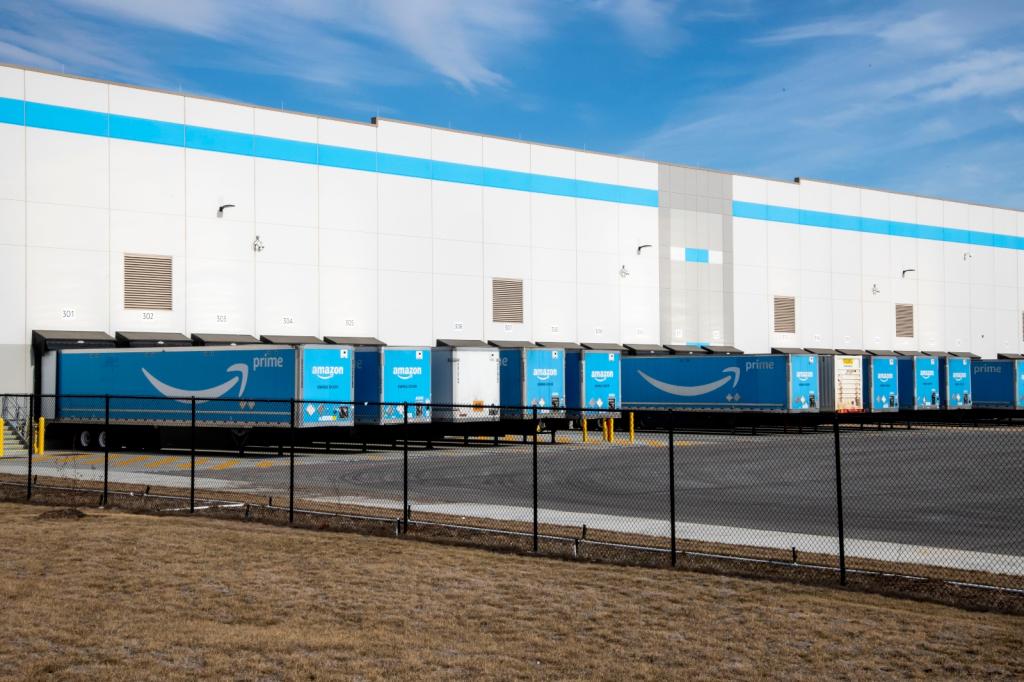 Photo: MontagueTwo summers ago, I stood in the grass next to my bike, watching a tall, muscly fellow demonstrate the moves he had been developing for self-defense using a bicycle. He called it Bikendo. We practiced quickly raising our front tires so the bikes stood vertically and we could use the wheels to keep distance between ourselves and our imaginary assailants. Then, as our attackers lunged at us, we stepped around the bikes and laid them on their backs, sending the bad guys into a slow motion crotch-plant over the chainring. Ouch.
Photo: MontagueTwo summers ago, I stood in the grass next to my bike, watching a tall, muscly fellow demonstrate the moves he had been developing for self-defense using a bicycle. He called it Bikendo. We practiced quickly raising our front tires so the bikes stood vertically and we could use the wheels to keep distance between ourselves and our imaginary assailants. Then, as our attackers lunged at us, we stepped around the bikes and laid them on their backs, sending the bad guys into a slow motion crotch-plant over the chainring. Ouch.
It turns out that bicycles can take down bigger threats than a shadowy figure in a dark alley. “We perform well against the tanks,” explained one Swiss soldier, vexed at the imminent dismantling of his bicycle-mounted military unit.
But let me back up. Back in the 1880s, when two wheeled steeds with pneumatic tires were state-of-the-art technology, the military saw their usefulness in traveling quickly and silently over rugged terrain. Over the years, armies worldwide, from Allied to Axis, adopted such innovations as folding bicycles that could be conveniently strapped to your back or delivered via parachute behind enemy lines. Bicycles eventually replaced horses, even as they were in turn superseded by their motorized counterparts.
 Italian bicycle troops during World War I.
Italian bicycle troops during World War I.
Switzerland’s bicycle regiment lasted the longest. Begun in 1891, it was dismantled only a decade ago. This Bicycling Magazine video from the 1980s shows the Swiss troops in action. One soldier describes them as excellent for defending a small country — they’re cheaper than heavier vehicles and can move undetected at relatively high speeds: “At night, you can’t hear them.”
Bicycles were particularly effective because Switzerland is mountainous and forested — a singletrack riders’ paradise, but perhaps not as copacetic for maneuvering a tank or helicopter. And as any mountain bike enthusiast can imagine, the Swiss bicycle brigade seems to have been particularly good for morale.
The Swiss Army, though, hasn’t seen combat since World War II. Its sole purpose is militia-style defense of the country’s borders. It was in response to the 2001 news that the Swiss bicycle brigade would be abolished (it was finally phased out in 2003), that the soldier complained: “It is stupid. Over short distances we are very fast, much faster than the motorized units. We can be very discreet, we are well armed and we perform well against the tanks.”
Rumor has it, though, that the Dutch — already world-famous for their embrace of the bicycle for all conceivable transportation purposes — may be bringing bikes back into official military use. A photo in this slideshow (brace yourself for the soundtrack) shows Dutch troops in Uruzgan province in Afghanistan who have traded their armored vehicles for bicycles in some patrols more in the spirit of community policing than combat — in order to “make better contact with the population.” Dutch deployment in that country ended in late 2010 and with it, presumably, once again the modern military use of bicycles.
As bicycles become more mainstream in U.S. cities, it stands to reason that members of the military are embracing them in their personal lives. Its obvious benefits in cost, health, and flexibility may see bike transportation trickling back up into official operations.
The bicycle, though it’s increasingly branded with progressive politics, is after all only a machine, and its possibilities are starting to be seen all over again. New technologies, from carbon fiber to belt drives to electric assists, may be the pneumatic tires of their day, and — it’s only for us civilians to guess — may already be catching on as a new way to conduct ground warfare.




